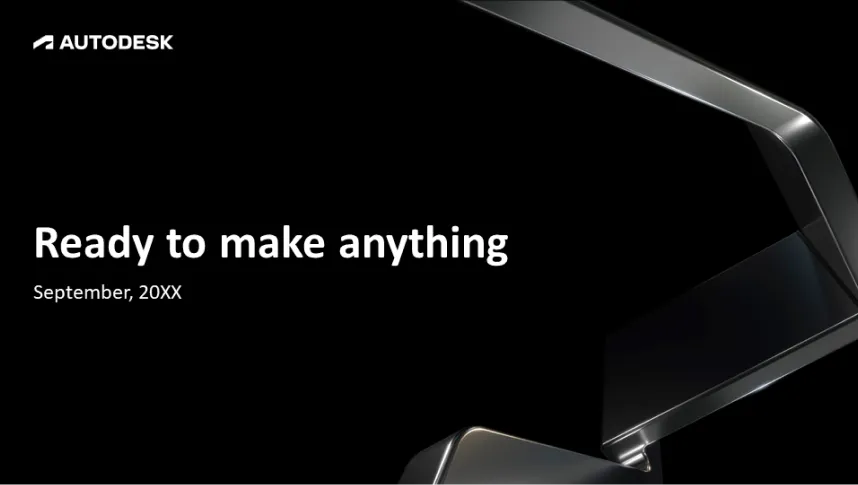For a mini project presentation in PowerPoint, structure and simplicity are key. It’s essential to keep your audience engaged with a clear, concise, and visually appealing presentation. Here are some guidelines you can follow:
1. Title Slide
Start with a compelling title slide that includes your project’s name, your name (or your team’s names), and the date.
2. Introduction
Provide an overview of your project, including its purpose, objectives, and significance. This sets the stage for what your audience can expect.
3. Methodology
Outline the methods or processes you used during your project. Depending on your project, you might discuss research methods, software used, or experimental procedures.
4. Results/Findings
Present your main results or findings. Use graphs, charts, images, or other visual aids to make your data easy to understand. Remember to focus on key results that directly relate to your project’s objectives.
5. Discussion/Analysis
Analyze and interpret your results. Discuss how your findings align (or don’t align) with your initial objectives. This is the section where you can show your understanding and interpretation of the data.
6. Conclusion
Summarize your project’s main points, including the significance of your findings and any implications for future research or applications.
7. References
If you’ve used external sources, be sure to cite them in your presentation to avoid plagiarism.
8. Q&A
End your presentation with a slide inviting questions from your audience. This allows for interactive discussion and clarification on any points your audience may be curious about.
Besides the content, remember to keep your slides visually appealing with a consistent color scheme, readable text, and professional-looking graphics. Use bullet points to make your content easier to digest and avoid overloading your slides with too much information. You should also rehearse your presentation to ensure a smooth delivery.
View Our Presentation Portfolio










